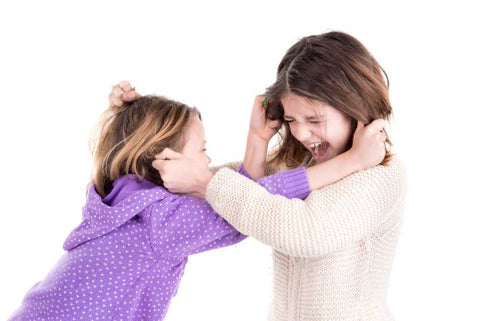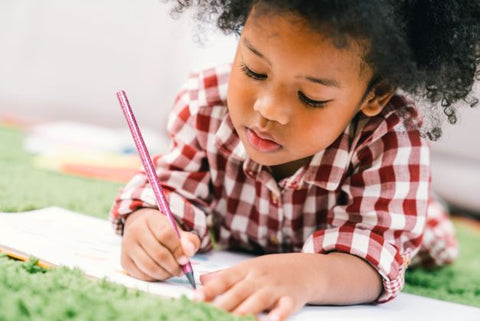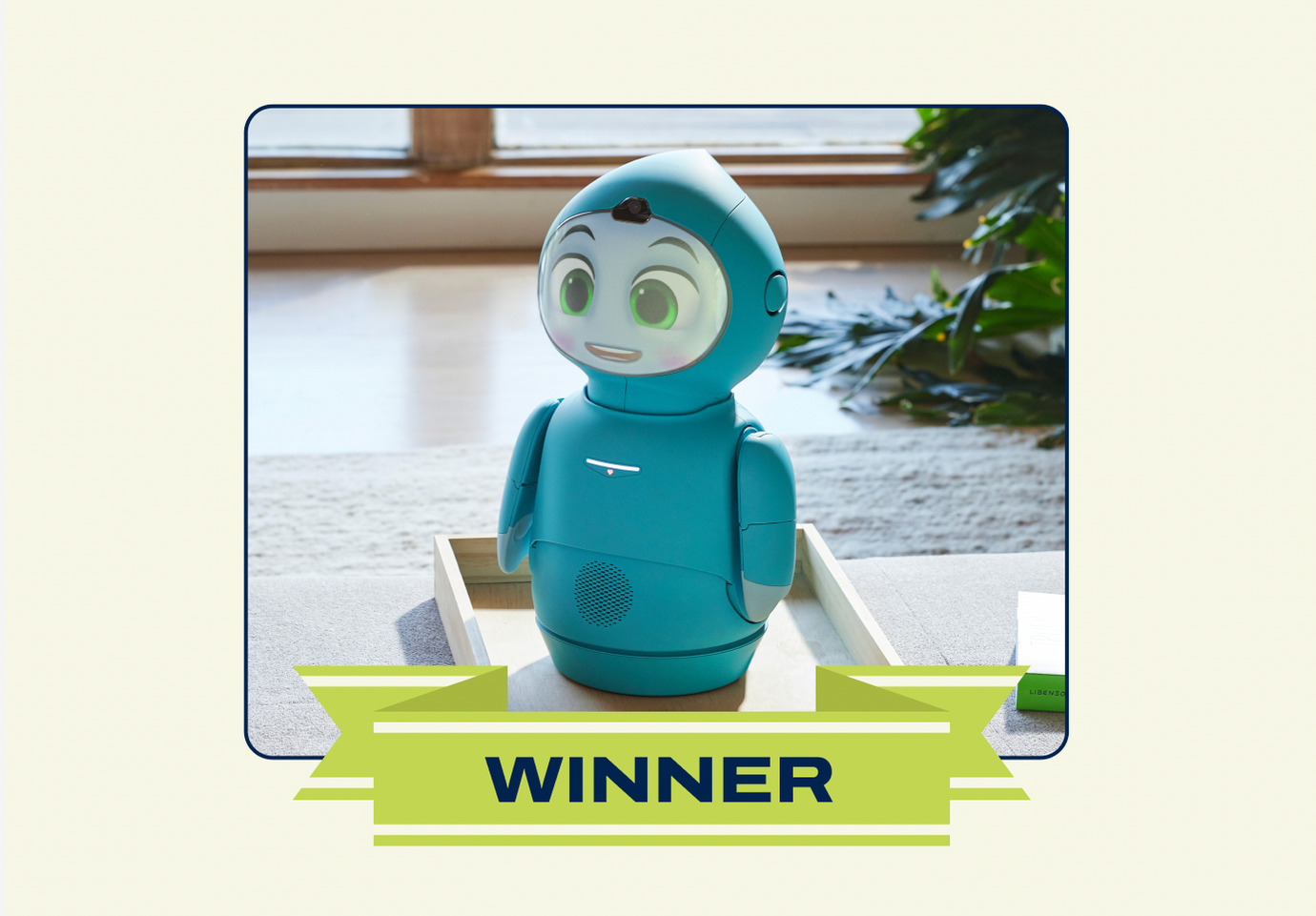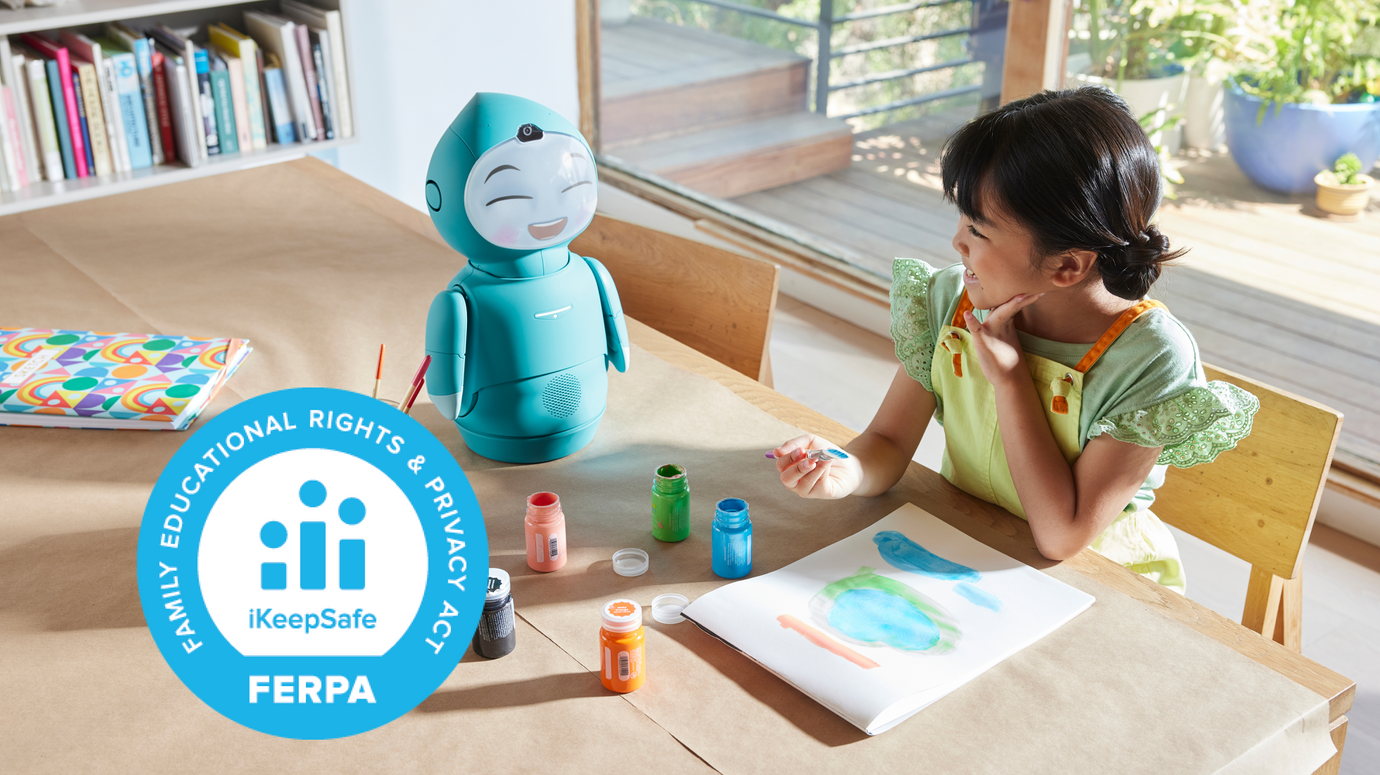Aggressive Behavior in Children

Aggressive Behavior in Children
It’s normal for kids to get a little wild from time-to-time. But consistently violent behavior is liable to cause harm sooner or later – whether physically to your child or those around them, or to their relationships as they struggle to interact with peers in a safe and healthy manner.

If your kid is expressing their emotions in the form of aggression, it’s important to first and foremost generate an understanding as to what the root cause of this behavior might be so you can better understand how to help.
In this article, we’ll go over some of the symptoms of aggression, what to look out for, and a few coping strategies you and your child can engage in to find healthier ways of interacting. Let’s dive in.
What is aggressive behavior in children?
In general, interpersonal aggression in a child is delineated by violent or characteristically “angry” behaviors which are directed at other people. Sometimes, kids may also direct aggression at themselves, animals, or inanimate objects.
There are a number of reasons kids may become aggressive. And some of these reasons are easier to work with than others.
In very young children, aggressive behavior may come from a lack of developed empathy or an inability to regulate strong emotions. In other words, your kid might simply lack the understanding that violence is hurtful and generally unacceptable as a form of communication. They may lash out at peers if they feel frustrated and don’t yet know how to express their frustration in a constructive way. This is often the case for older neurodivergent children, as well.
Aggression can also indicate a more serious problem such as an underlying mood disorder, brain damage due to a previous head injury, mental illness, or trauma. If you feel that this may be true for your child, it is important to seek help from a professional. This will make the process of understanding your child’s behavior easier both for you and your kid.
Symptoms of aggressive behavior in kids
Aggressive behavior can look different in different children, and depending on the cause and outlet of their more violent impulses. Aggression in children may be characterized by:
- Tantrums.
- Physical violence including hitting, kicking, and biting.
- Intentionally breaking toys and other objects.
- Bullying, either with physical or psychological violence.
- Yelling, shouting, name-calling, and other verbal violence.
- Manipulating others with threats or antagonism.
Aggressive behavior and autism
Children with autism have a harder time regulating their emotions than neurotypical children. Differences in brain development and neurochemistry mean that stronger feelings like anger, frustration, and sadness are amplified for kids with both ADHD and autism, and often trigger intense physical and emotional responses which are sometimes expressed in ways we interpret as aggression.
Tantrums and meltdowns in neurodivergent kids can be caused by stress – both emotional and physical – and sensory overstimulation. And when their senses are overwhelmed, kids might react violently in order to get away from the source of the stimulation.
Keep in mind that many neurodivergent children do not respond to stressors with aggression. Aggressive behavior is one potential symptom in a complex network that may point to neurodivergence in your child, but alone it is not a perfect indicator.
Examples of aggressive behavior in kids
Here are a few models that demonstrate what aggressive behavior can look like in children.
-
Your child reacts by hitting or kicking you and other adults when they are denied something they want.
-
Your child responds to playground frustrations by throwing tantrums, being physically violent with other kids, and breaking toys.
-
Your child expresses difficult emotions by shouting or physically lashing out.
-
Your child enters social interactions with a violence-first approach: they make no effort to be kind or friendly to their peers, and immediately seek to control others and the interaction with physical aggression or other forms of bullying.
- Your child expresses a desire to or attempts to harm others, including both people and animals.

How does aggressive behavior differ in toddlers vs. kids aged 5 to 9?
Typically, the toddler version of aggressive behavior is characterized by tantrums, crying, screaming, and physical outbursts like kicking and hitting. Children under the age of 4 are very unlikely to have the emotional regulation skills they need to find non-physical outlets for their stronger and more unpleasant feelings.
Aggression can become more complex as children age. Between 5 and 9, as kids begin to learn psychological manipulation strategies, they may incorporate argumentation, emotional bullying, and other bids for better control into their behavior.
How their aggression is expressed may also begin to resemble examples of aggression which they see out in the world, including from significant adults, other children, and media sources.
When is aggressive behavior a disorder?
Like we said in the introduction, aggressive behavior in young children is perfectly normal, up to a point. Typically, if your child is receiving adequate guidance in how to process, regulate, and express their emotions in a healthy way, you should expect instances of violence to dissipate or become less intense as they age.
One source says that aggressive behaviors should significantly lessen around age 7. But if your child is dealing with emotions the same way they were when they were a toddler, this may indicate that there is a deeper issue at hand.
Again, if you think your child needs help, don’t hesitate to seek input from a trustworthy mental health professional.
Aggressive behavior in children: strategies
There is no one-size-fits-all technique that will work for every child in the world. That’s why we’ve included a range of different solutions you can try with your kid to help them find healthier ways to express their emotions.

Final thoughts: aggressive behavior in children
For children who maybe just don’t have a handle on how to process and regulate their emotions yet, helping them to learn empathy, mindfulness, and communication are all excellent steps you can take towards guiding them to a healthier mode of self-expression.
From Embodied, Moxie is an AI friend for children designed to help your kid understand how to be a better friend by first better understanding themself and their own feelings. Your child will play and talk with Moxie, and over the course of their relationship build social skills, self-love, and better emotional regulation as they teach Moxie how to do the same for themself.
See Moxie in action here, and help your child begin their journey.






